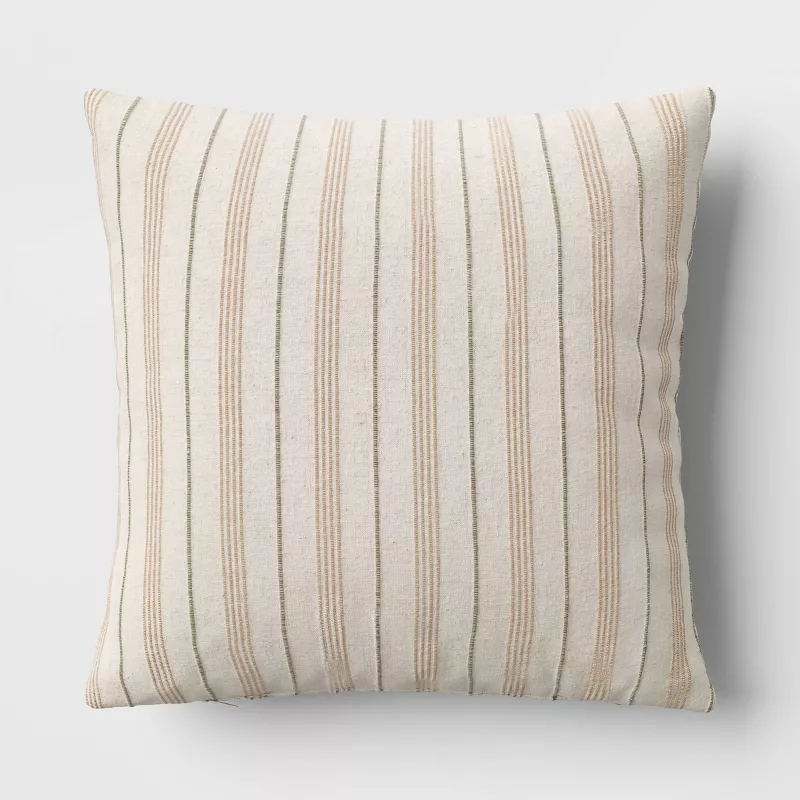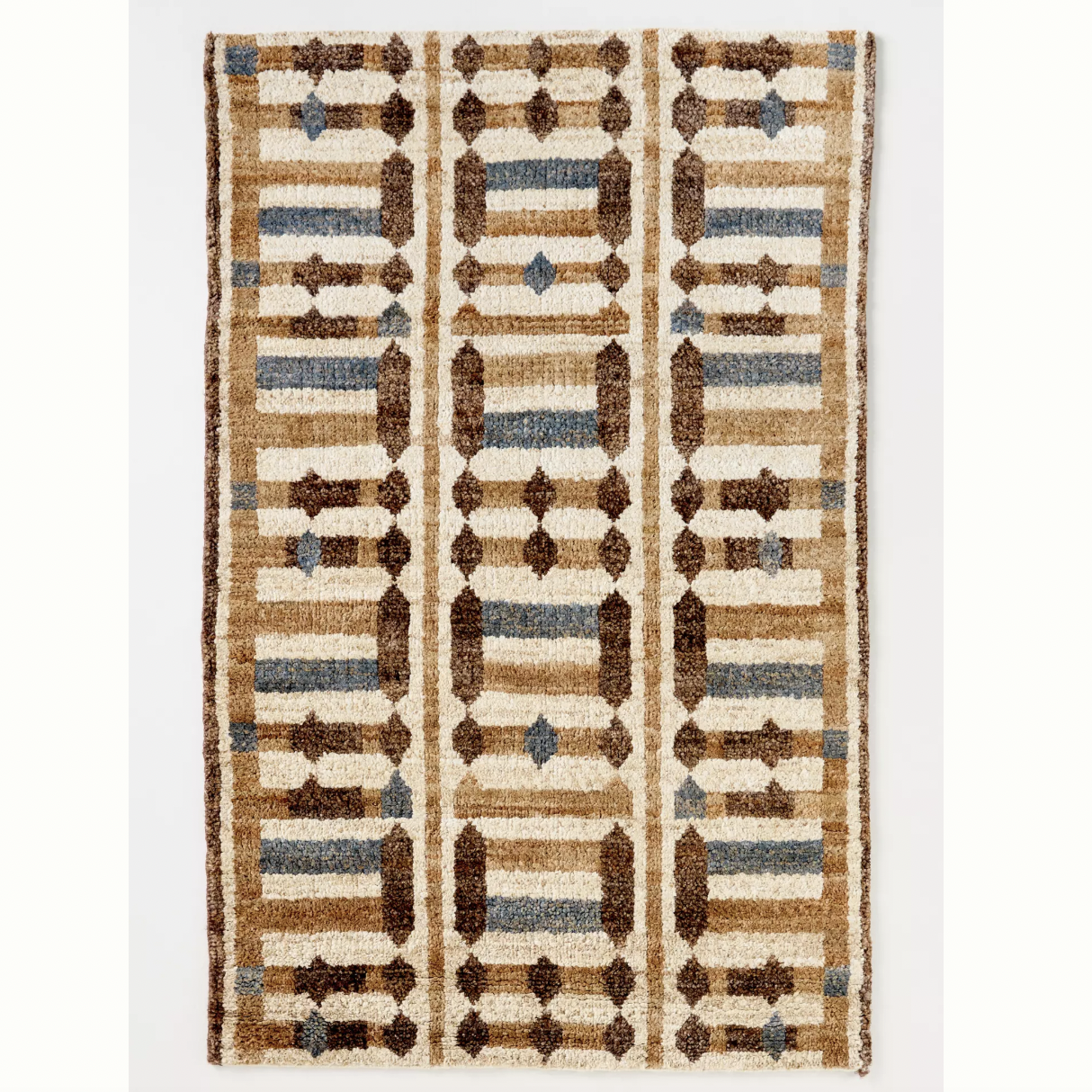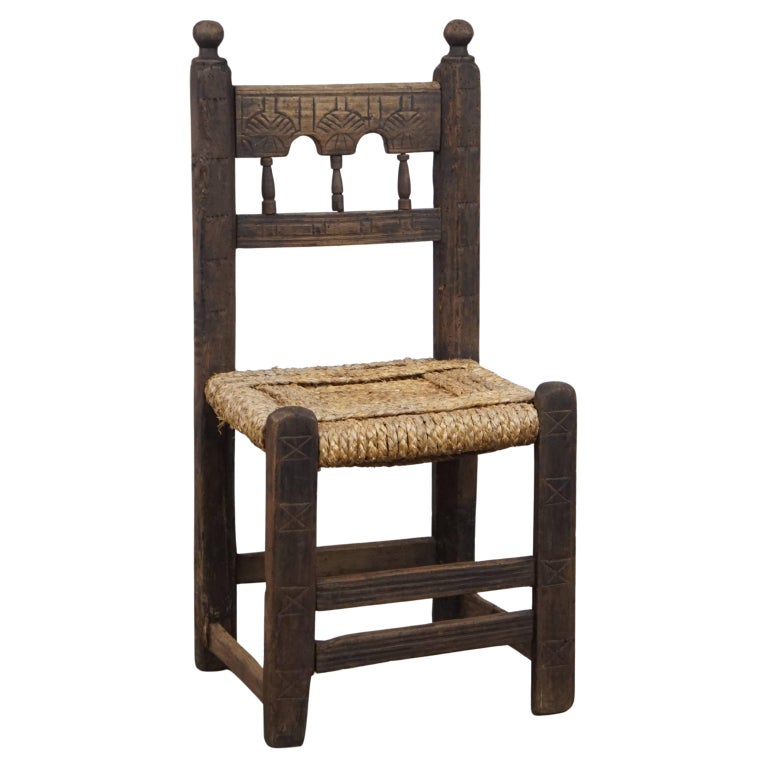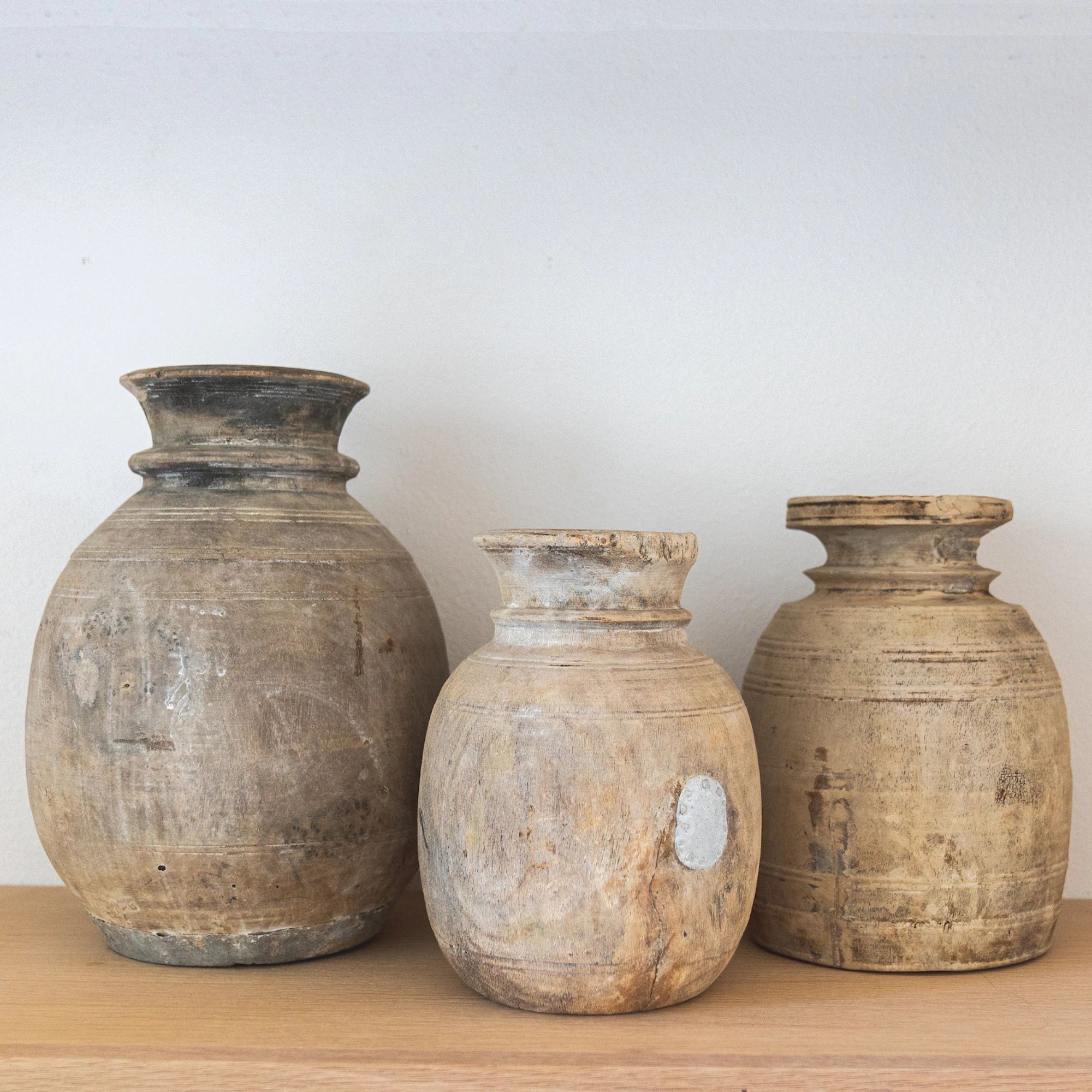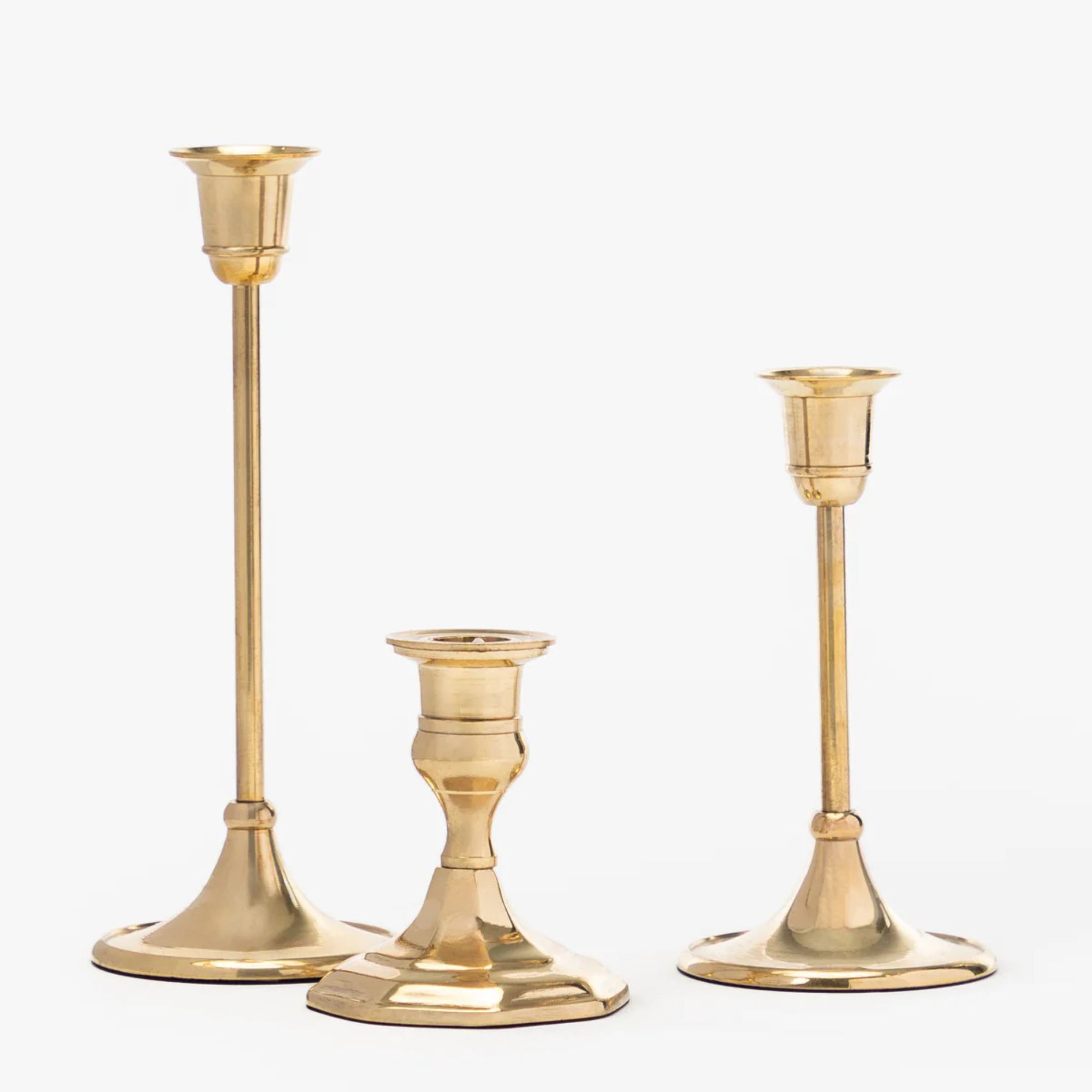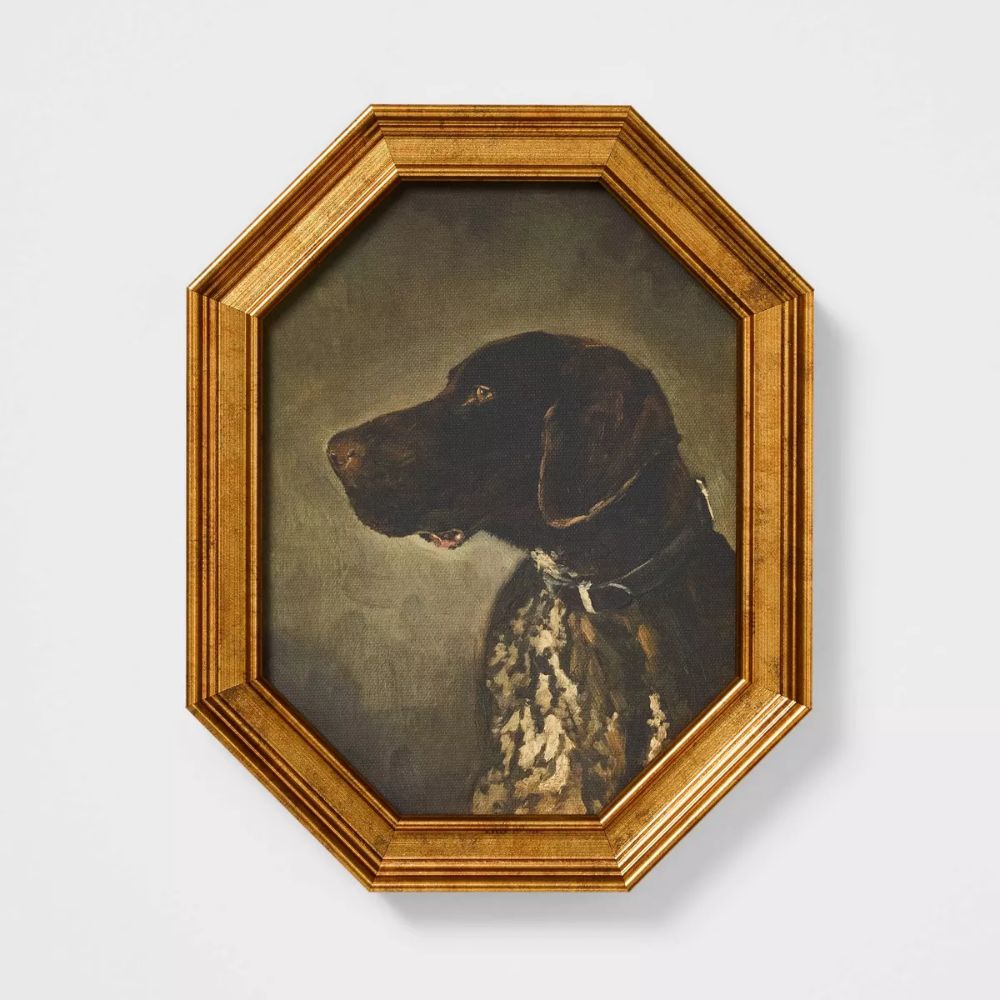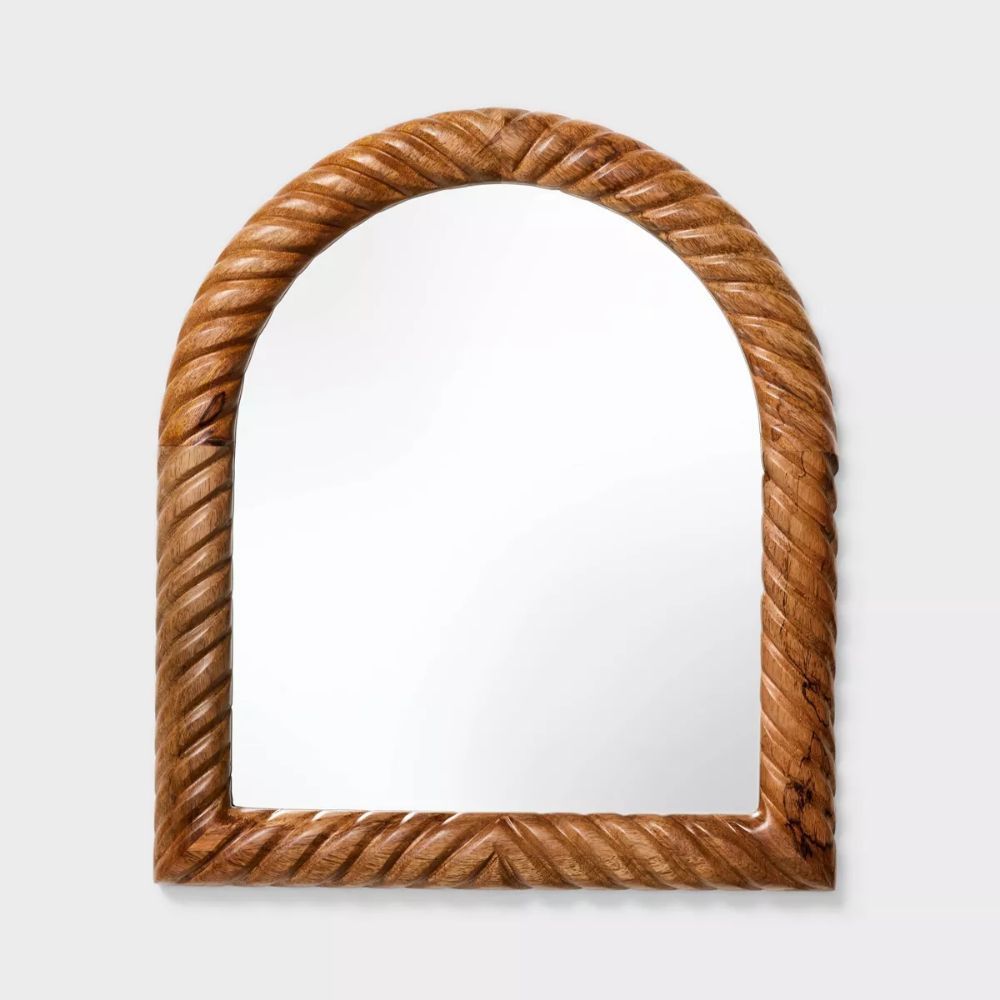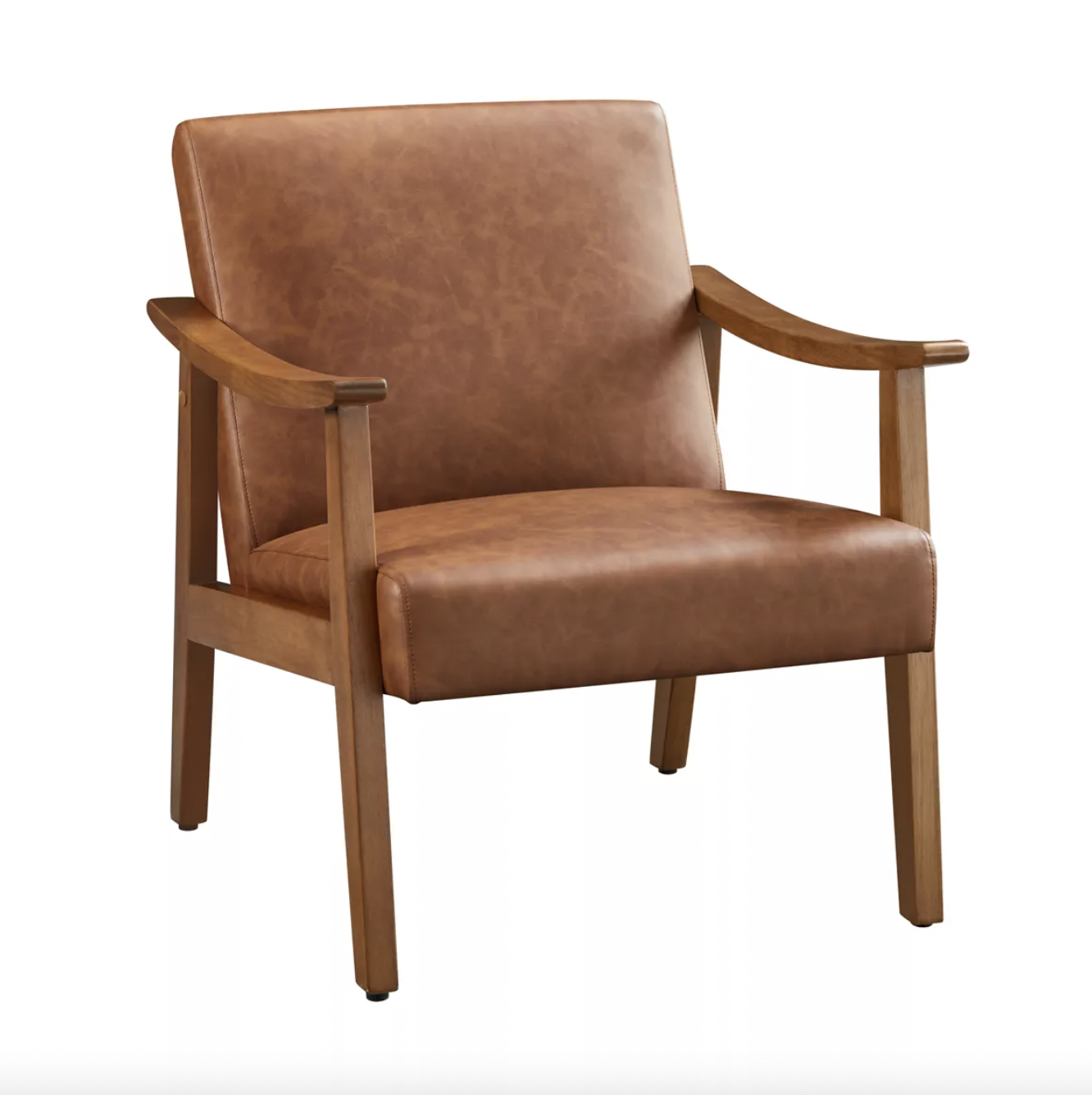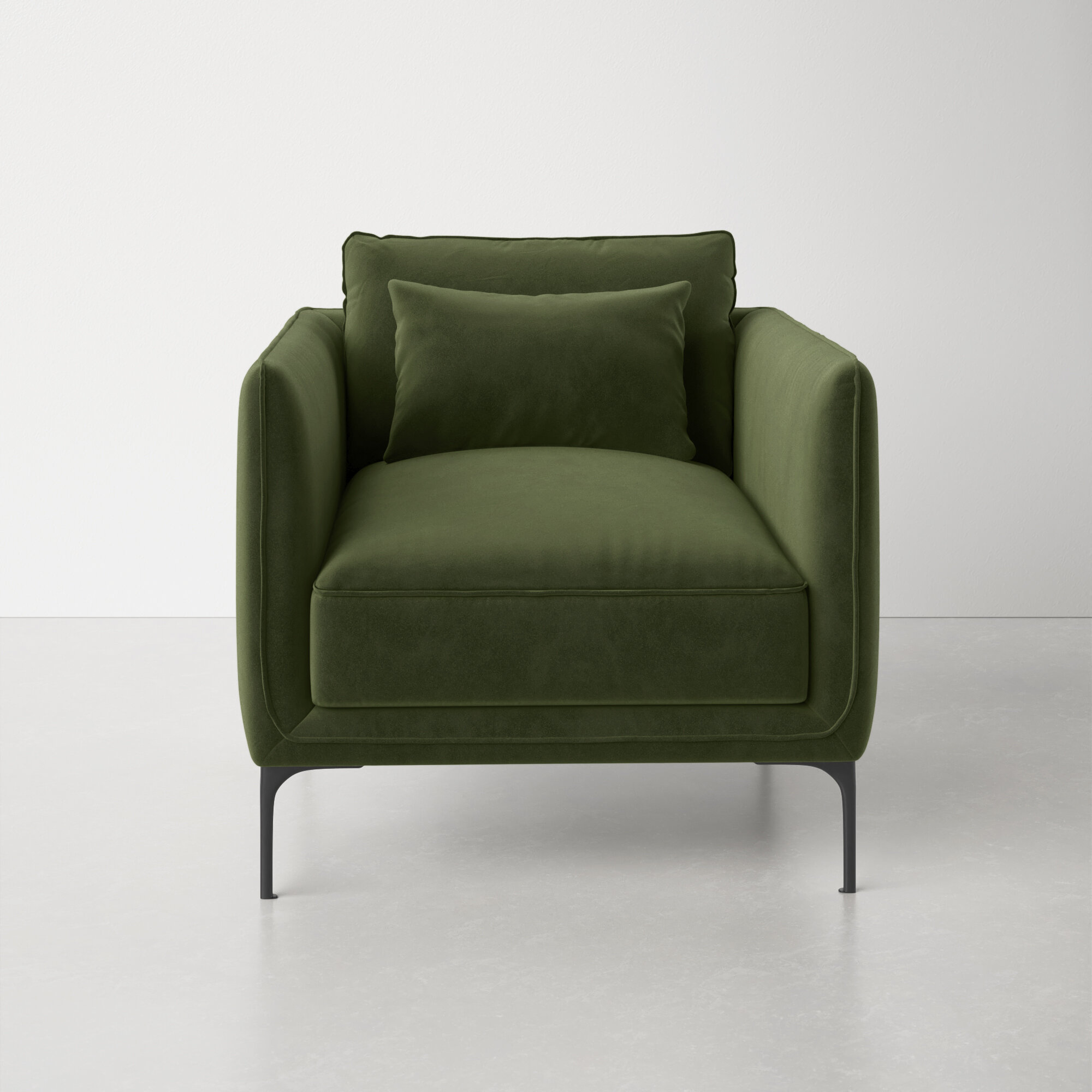Is your room missing something? These are the 7 simple buys that designers always recommend to their clients to instantly pull a space together
If you want a space to look polished and put-together, these are the simple items that designers always recommend to their clients to complete a room
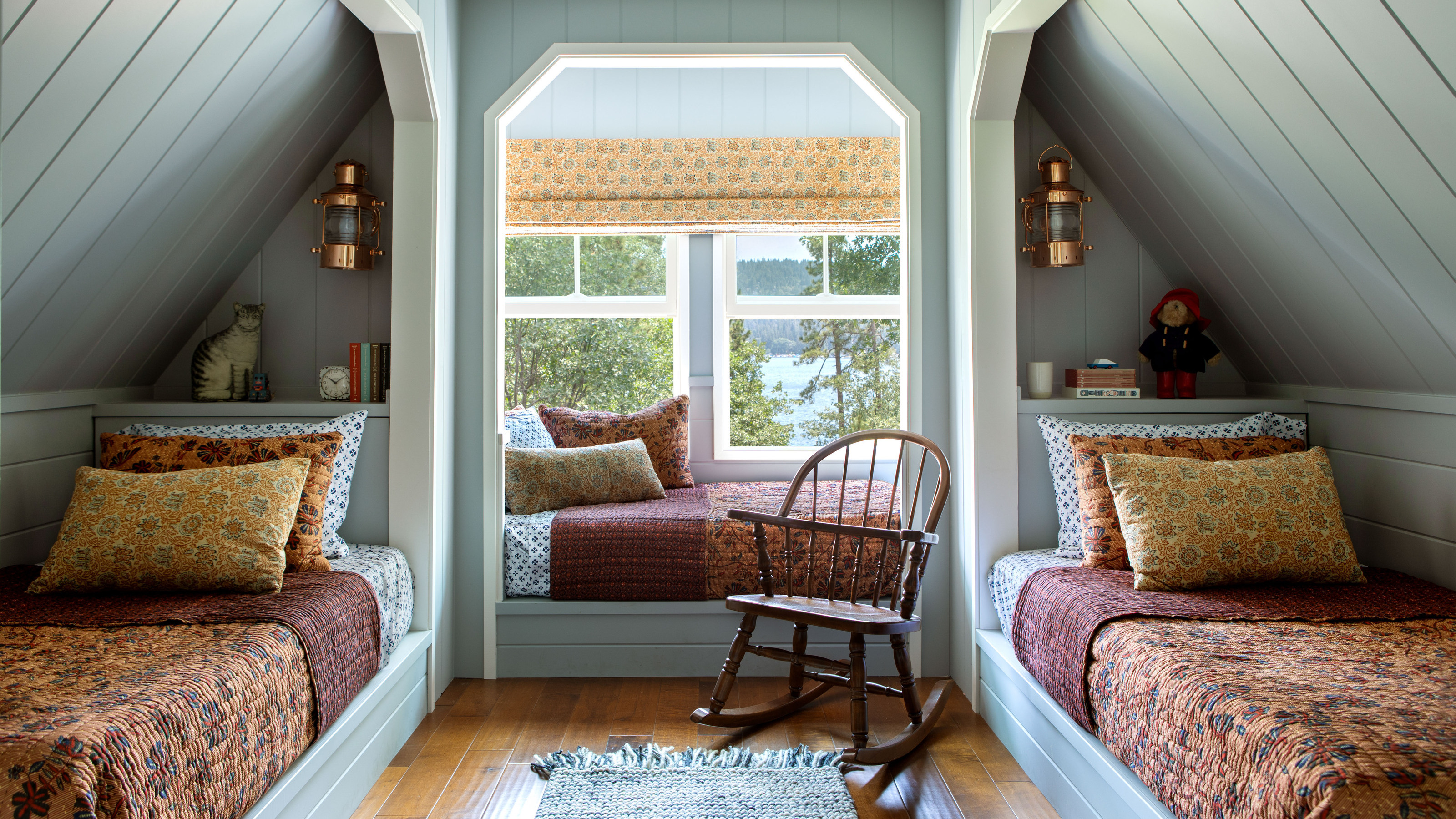

There's an ineffable quality to designer homes that gives them their refined, put-together appearance, and it's tricky to place your finger on exactly what's responsible. Arguably, it's not just one thing, but just an expert level of curation that makes them look so elevated. Ask designers, however, and they might just share the one piece they return to time and time again to pull a room together.
Be it a particular piece of furniture or a specific design element, every designer has that 'secret sauce' they swear by for a harmonious space that looks perfectly polished. Think of it as the icing on the cake – the one detail that makes a room look finished, pulling all the other threads together for an expertly curated home. It's something they rely on time and time again, no matter which interior design trends happen to ebb and flow.
While that's all well and good, professional designers are just that – professionals. Without their toolkit and prowess, how can we be expected to pull off the same tricks? Well, to help you on your way to creating a stylish home with designer-level details, I spoke with designers Martha Mulholland and Nicky Mudie to find out which pieces they always recommend to their clients to tie a look together.
1. Pillows and throws

No room is complete without some soft textiles to warm the space and add texture (yes, that includes the kitchen). Be it beautiful, patterned upholstery, a scattering of throw pillows, or some simple drapes, using fabrics can be so effective. It's a finishing touch that offers a chance to introduce color and pattern when a room needs it most, helping to tie a scheme together.
From a practical perspective, the details will prevent your room from looking stark, cold, and unwelcoming. As Nicky Mudie explains, 'soft furnishings in layered fabrics and patterns give warmth, comfort, and a cohesive feel'.
For interior designer Martha Mulholland, accessories like tossed pillows are a recommendation for every client, no matter their style. 'These finishing touches give a space character and help it feel complete,' she says. Take the space above, for example, where the same patterns are carried through both beds and the window seat, creating a recurring motif for visual harmony.
You could also use your soft textiles to introduce an accent color that runs through your area rug, curtains, and sofa pillows. The added beauty of this idea? You can easily switch up the color or pattern through the seasons or as your style changes for minimal cost.
Design expertise in your inbox – from inspiring decorating ideas and beautiful celebrity homes to practical gardening advice and shopping round-ups.
2. An area rug
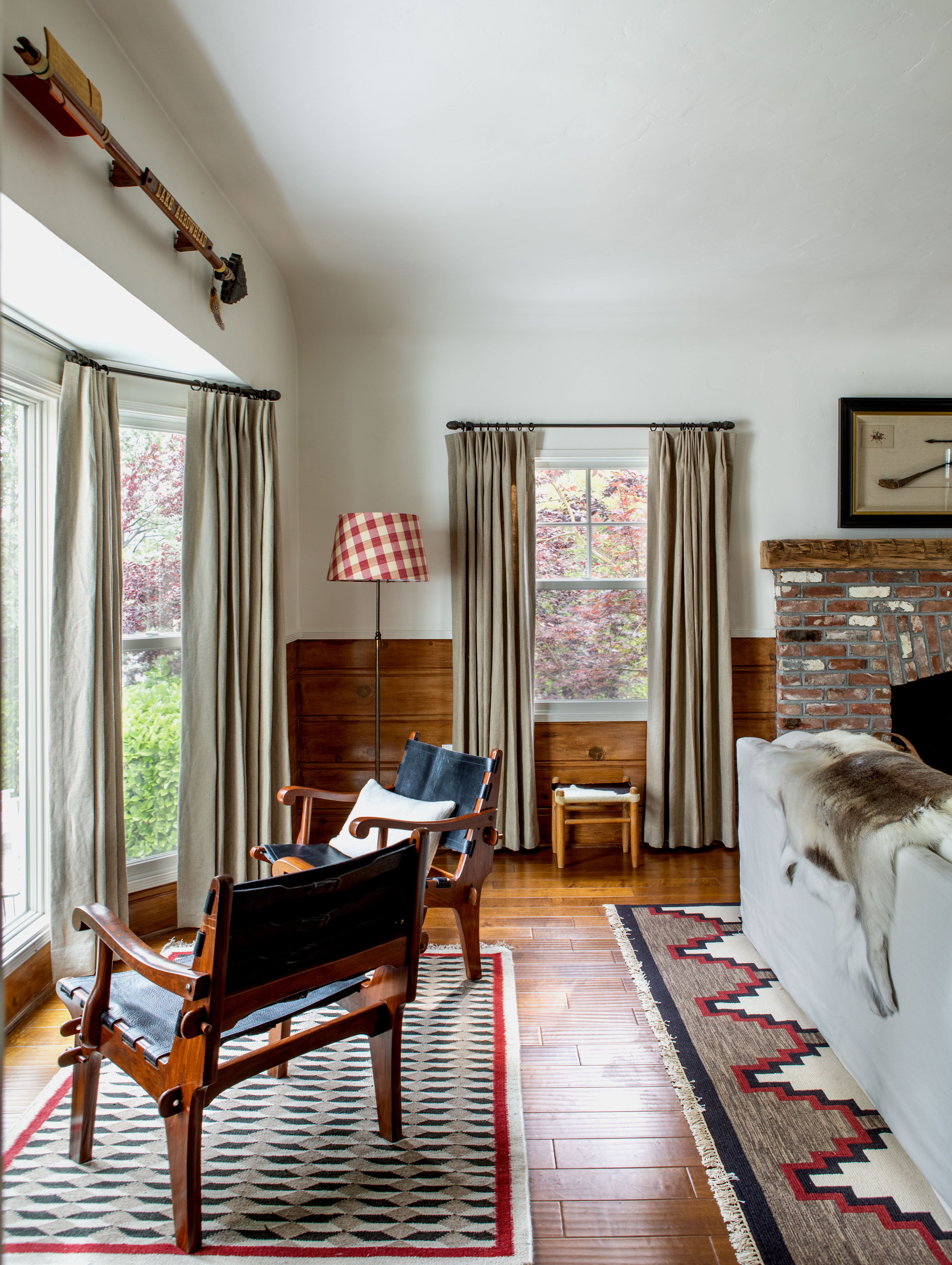
If you have hard floors, an area rug is a non-negotiable to make a room feel complete. 'They anchor the space, define zones, and add texture and color,' says Nicky. Be intentional when choosing a rug, they might sit at floor level, but they take up a lot of visual space in a room. Is a natural jute rug more in tune with your minimalist decor style, or do you need to bring pattern to your floors to echo motifs in your wallpaper?
Designers swear by the right rug to pull a room together, and it shouldn't be an afterthought. In fact, as the very foundation of a room, you might want to build the rest of your room around one, choosing furniture that fits perfectly and decor in complementary colors and patterns.
Pay attention to rug placement rules, too (yes, it should go under your biggest pieces of furniture). This will ensure your space looks well-balanced and carefully considered. 'You'll need to go big, and even bigger than you think you need,' Nicky notes.
3. Antiques

Every space needs that one conversation piece that draws the eye. It has to be unique, intriguing, and full of character, something easily achieved when decorating with antiques. If you're looking for a home that's less homogenous and cookie-cutter and more eclectic and personal, add a vintage or antique heirloom to every room.
It's something Nicky always relies on to create a truly unique interior for her clients. 'A well-chosen vintage piece grounds the room and adds soul,' she says. 'It could be a chest of drawers, a side table, or even lighting.' Even a small tchotchke on a set of shelves could be the one piece that's needed to complete the perfect vignette. This attention to detail will imbue a space with character and offer a great springboard to inspire a wider decorating theme.
4. Accent lighting
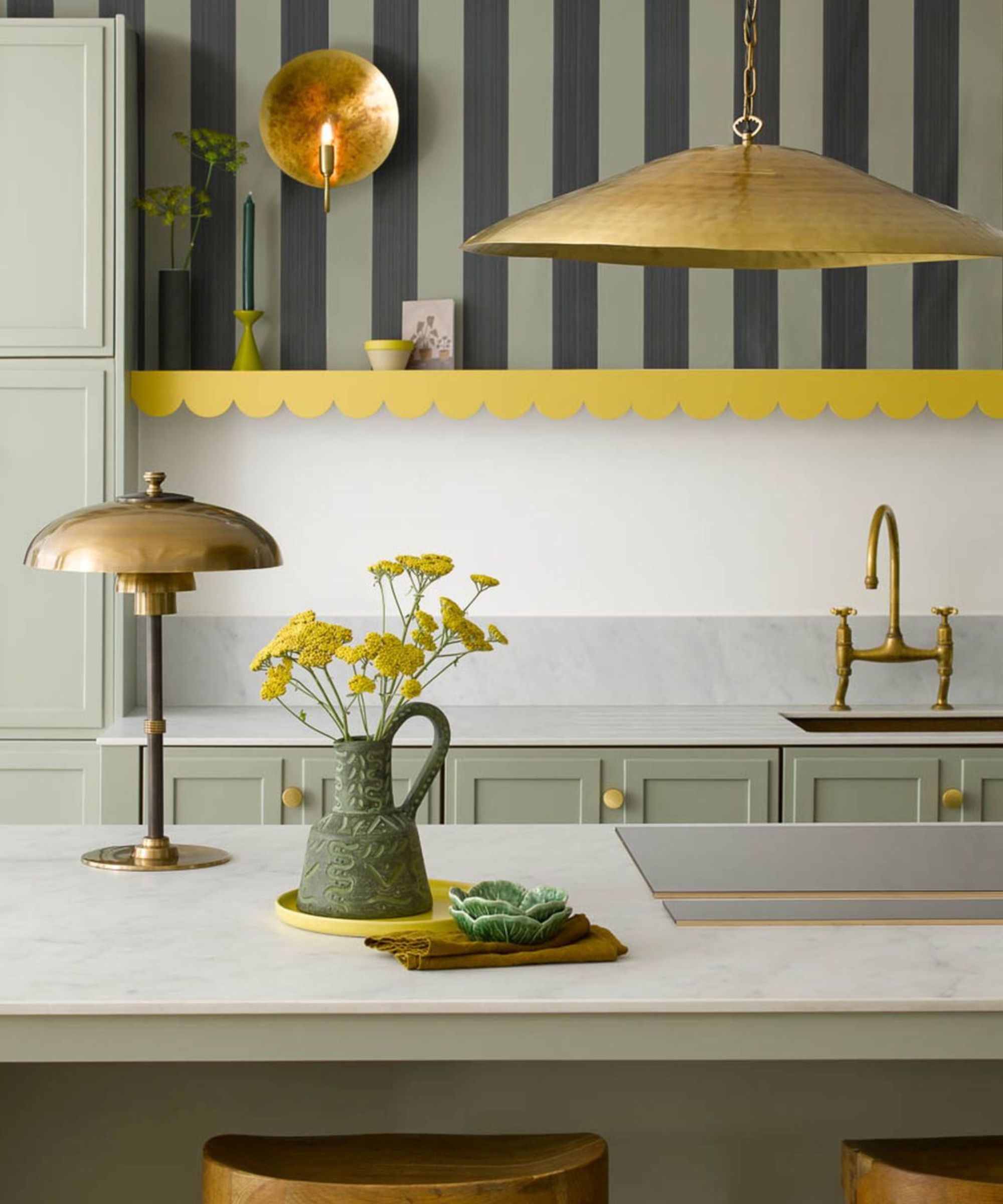
Rule number one of the designer handbook: don't overlook your lighting. Far from being a mere functional tool, lighting can be the thing that pulls a whole room together.
You won't find a single designer in the world who settles for overhead lights alone. 'To make a room feel complete, you need to always include a mix of ambient, task, and accent lighting,' says Nicky. 'Think ceiling lights, floor lamps, and table lamps.' Layering lighting in this way will create a room that feels warm and inviting with visual depth and dimension.
In spaces like the living room and bedroom, designers often advise clients to put an overhead light at the bottom of the priority list (even the kitchen is becoming less harshly lit, these days). Instead, the designer preference is side lighting with warmer bulbs.
'Prioritizing table and floor lamps rather than overheads, and fitting them with warm, dimmable bulbs, can entirely shift the mood of a space,' says Martha. 'Even a fairly simple room can become atmospheric with the right light.' Consider matching the finishes (be it a patterned shade or metallic brass) for a truly cohesive look.
5. Artwork and mirrors
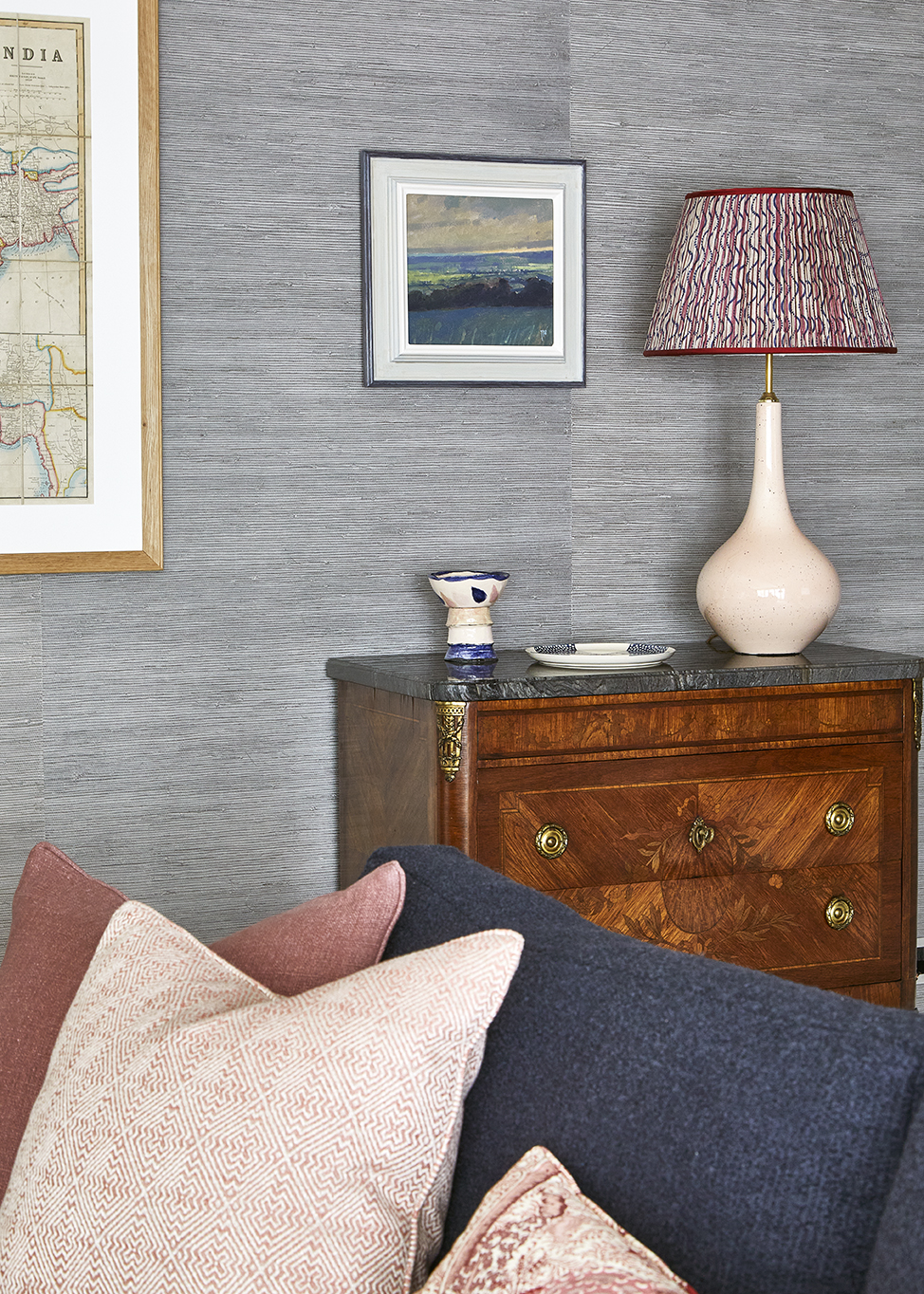
There's nothing like a bland, bare wall to bring down a room's aesthetic. Even if the rest of the space is perfectly put-together, a gap on a wall will always make the room look as though it's lacking in some way. Decorating with artwork, however, you can pull the whole space together for a polished, refined appearance.
This is because art is usually hung exactly where the eye comes to rest, creating a hero focal point that anchors the room, 'and every room needs something to draw the eye,' Nicky tells me. Designers often recommend a vintage painting to draw guests in, but be wary that the size matters. In certain cases, a gallery wall made up of several smaller prints and paintings might be more appropriate, or perhaps a large tapestry is the best option to fill the space.
In fact, it doesn't have to be a piece of wall art or decor at all, says Nicky. 'Art brings personality and visual interest, but a mirror adds light and the illusion of more space,' she says, something that might be most beneficial in small rooms.
6. An accent chair

Some designers are adamant that every room needs seating, not just your living room. Adding an accent chair to an entryway, bedroom, or kitchen not only offers an opportunity to rest tired legs, but it also creates a beautiful design moment that helps pull a room together.
Usually, when we talk about cohesive, curated interiors, we think about common threads and motifs that feel safe and predictable. Sometimes, however, adding a piece of furniture that introduces an element of surprise or intrigue can be more effective, and accent chairs do just that.
Often, an unexpected design feature, a single chair, can make a great design statement that acts as the finishing touch in a space. 'Even in a small room, one sculptural or characterful chair can add balance and personality,' says Nicky. Think about adding a mid-century style leather chair to a bedroom full of soft textiles and heavy textures, for example, or a plush, patterned armchair in an otherwise neutral living room.
7. Scent

Finally, while not strictly a piece of decor, the power of a good home fragrance to tie a room together shouldn't be underestimated. Designers often recommend that clients find a scent that matches the room's mood to add an extra layer of detail that draws on another one of our senses. It's the perfect finishing touch to an expertly designed interior.
'Scent is often an overlooked detail that can elevate a space and has a remarkable impact on how one feels,' says Martha. 'A truly cohesive room isn’t just visually cohesive, it’s a multi-sensory affair: fabrics should feel sumptuous, light should be romantically soft, and the air should smell like something lovely. Designing with all five senses in mind is, to me, the real alchemy of interior design.'
The finishing touches in a room can be just as important as those big important decision you make early on. And I find this bit, the pulling together of a room, the most fun, the most creative. Brining in those small accents like pillows and candles and artwork is when I start to see a room really become mine.

Lilith is a freelance homes and interiors writer. As well as contributing to Homes & Gardens she's written for various other titles homes titles including House Beautiful and Livingetc.
You must confirm your public display name before commenting
Please logout and then login again, you will then be prompted to enter your display name.

